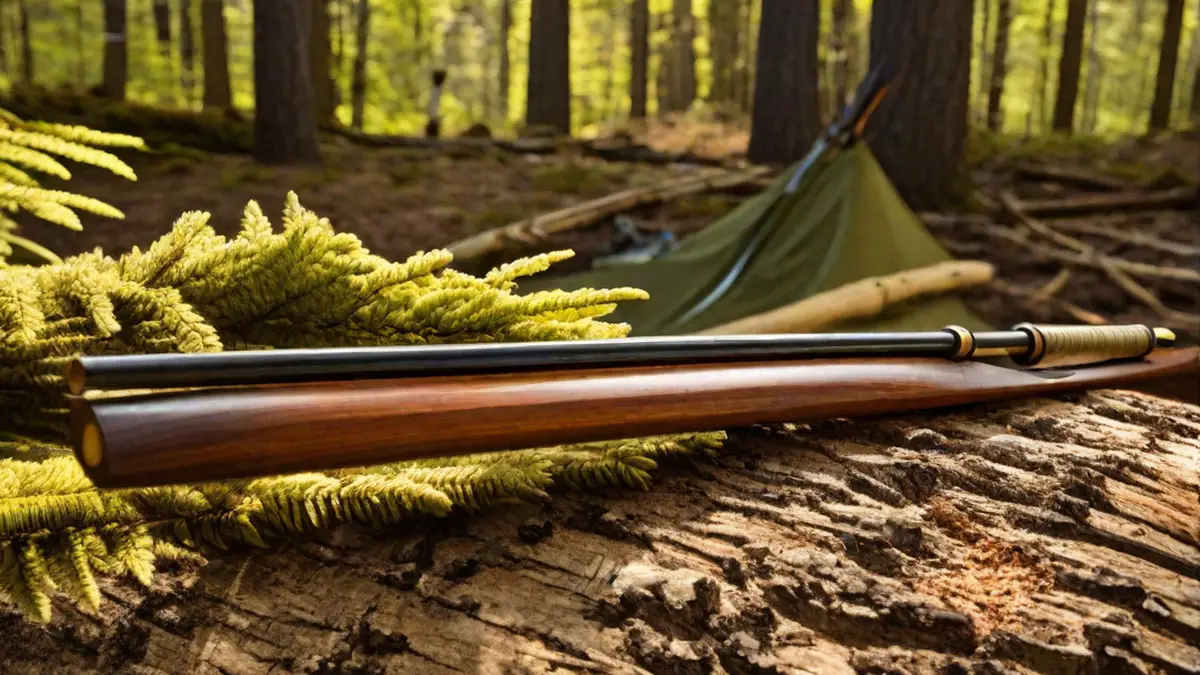When it comes to hunting, having the right tools can make all the difference. One tool that has been used for centuries is the bow and arrow. Not only does it allow for a more traditional approach to hunting, but it also requires skill and precision. In this article, I will guide you through the steps of making your own bow and arrow for hunting. Get ready to embrace your inner archer and embark on a journey that combines craftsmanship with the thrill of the hunt.
Gathering the Materials
The first step in making your bow and arrow is gathering the necessary materials. For the bow, you will need a sturdy yet flexible piece of wood. I recommend using a hardwood such as hickory or yew. Look for a branch that is straight and free of knots or cracks. It should be about your height or slightly taller when standing upright.
Next, you will need a strong string to serve as the bowstring. Traditionally, animal sinew or rawhide was used, but nowadays, you can easily find ready-made bowstrings made of synthetic materials. Make sure to measure the length of the bow and add a few extra inches for the string to allow for proper tension.
For the arrows, you will need thin straight sticks, known as shafts. These can be made from various types of wood, such as cedar or pine. Choose shafts that are about the length of your arm, from your fingertips to your shoulder.
Lastly, you will need arrowheads, which can be made from stone, metal, or even bone. If you don’t have access to these materials, you can also purchase ready-made arrowheads from hunting supply stores.
Constructing the Bow
Now that you have gathered all the necessary materials, it’s time to start constructing your bow. Begin by removing any branches or knots from the chosen piece of wood. Use a knife or a saw to shape the wood into a smooth, flat surface.
Next, you will need to shape the bow. On one end, carve a small groove or notch to hold the bowstring. This will prevent the string from slipping off when the bow is drawn. On the other end, carve a curved shape to create the handle or grip of the bow.
Now it’s time to add the bowstring. Take your measured string and attach it to both ends of the bow, making sure it is securely tied or looped around the notches. The string should be taut when the bow is unstrung, but flexible enough to bend when pressure is applied.
Crafting the Arrows
With the bow complete, it’s time to turn your attention to the arrows. Start by straightening the shafts if needed. This can be done by gently heating them over a fire and bending them in the opposite direction of any natural curves.
Next, you will need to attach the arrowheads to the shafts. If you have chosen stone arrowheads, you can use a strong adhesive or natural materials such as pine sap to secure them in place. If you are using metal arrowheads, you can often screw or glue them onto the shafts.
Once the arrowheads are attached, you can add fletching to the other end of the shaft. Fletching refers to the feathers or plastic vanes that stabilize the arrow during flight. This helps the arrow to fly straight and true towards your target. You can use feathers from birds such as turkey or goose, or opt for synthetic fletching.
Conclusion
Now that you have completed the process of making your own bow and arrow for hunting, it’s time to put them to the test. Remember, mastering the skill of archery takes practice and patience. Start by familiarizing yourself with the feel of the bow and arrow, and gradually increase the distance of your shots.
As you continue on your hunting journey, take a moment to appreciate the ancient art of bowhunting. The process of crafting your own bow and arrow allows you to connect with nature on a deeper level and offers a unique sense of fulfillment. So, go out there, embrace the challenge, and enjoy the thrill of the hunt!
